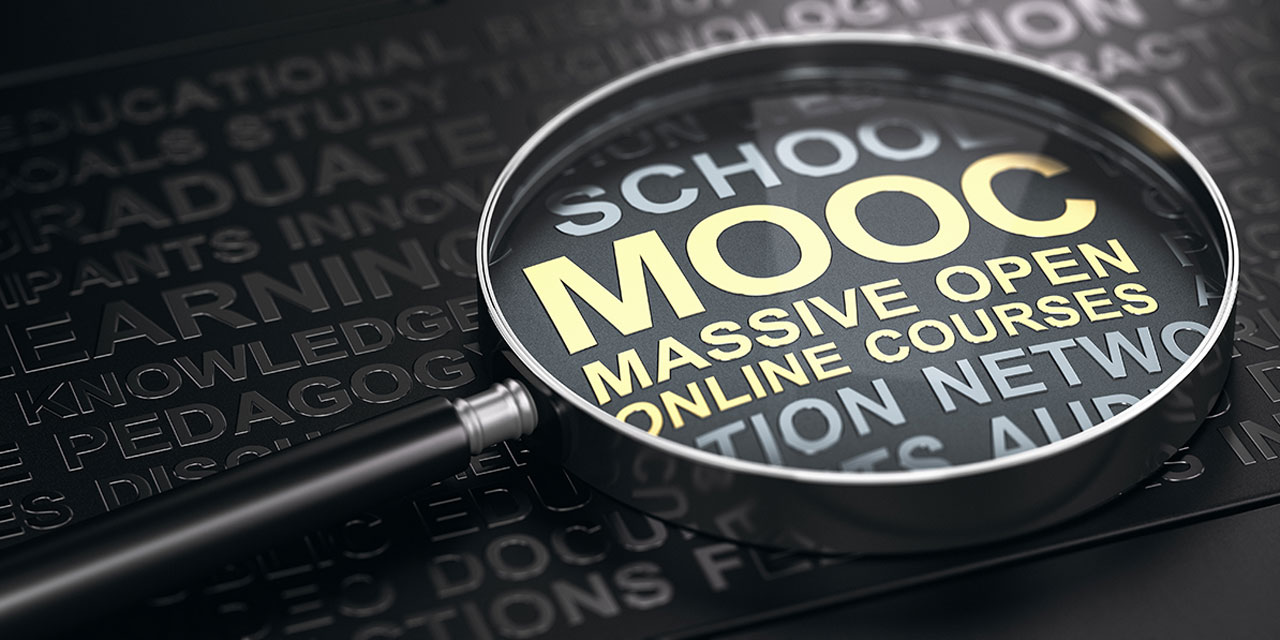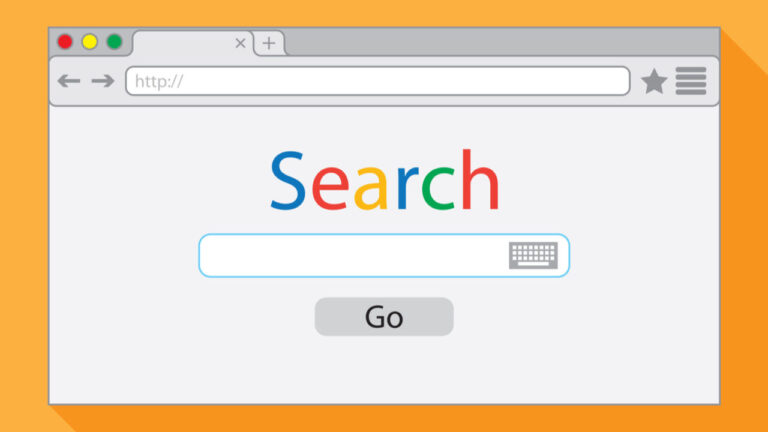The Rise Of Massive Open Online Courses (MOOCs)
The Rise Of Massive Open Online Courses (MOOCs). I’m sure you’ve heard of massive open online courses (MOOCs). They’re becoming increasingly popular and if you haven’t already taken one, chances are you know someone who has.
MOOCs offer an incredible opportunity to access quality education from the comfort of your own home. The basic premise of MOOCs is that anybody with internet connection may enroll in a course that is instructed by subject matter experts from all around the world. Regardless of age or background, there is something for everyone with themes spanning from philosophy to programming.
MOOCs are enticing to learners worldwide because of the ease they offer, which is why they have grown to be so well-liked in recent years. To understand more about how these courses are altering how we learn, keep reading!
History Of MOOCs
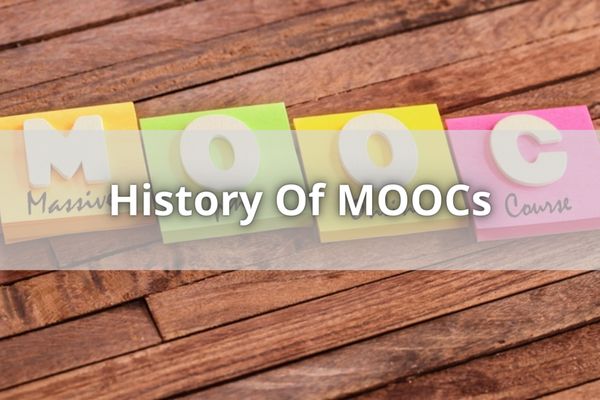
In the past several years, MOOCs have received a lot of attention, but I didn’t know much about them or how they got started. This section will concentrate on the development of MOOCs into what they are now.
The first MOOC was created by two professors at Stanford University, Daphne Koller and Andrew Ng, in 2011 as an experiment in free online education resources. It was based off of open educational resources that had been developed since around 2002.
Koller and Ng’s experiment gained traction quickly with over 100,000 students signing up for their classes within weeks! They continued to expand their program with more courses and soon other universities began offering similar programs.
In 2012 Coursera launched, becoming one of the most well-known providers of MOOCs alongside EdX which started shortly after in 2013.
Since then there have been numerous advancements made improving both the quality and accessibility of these learning opportunities for people all around the world. It’s difficult to fathom living without the great possibilities that are now readily available.
Now that all has been said, it is time to look at some of the benefits of enrolling in a MOOC course.
Advantages Of MOOCs
After reviewing the background of MOOCs, let’s move on to some of its benefits.
To begin with, LMS advancements and progress offer a practical means for people to advance their knowledge and abilities without having to physically attend regular classes. You may view lectures from any location as long as you have an internet connection, just as with any other online learning platform. LMS advancements and progress are thus perfect if you don’t live close enough to one or don’t have the funds to attend college.
MOOCs also boast a higher completion rate than regular online courses due to their self-directed nature. Since there are no set deadlines or attendance requirements, learners are able to progress at their own pace while still receiving feedback from peers and instructors in order to better understand course concepts.
Furthermore, enrollment is much easier since all that’s needed is an email address and password; this eliminates any paperwork involved when applying for traditional classes. Lastly, some offer certificates upon successful completion which can help enhance one’s resume or CV.
These benefits make MOOCs appealing for those seeking further education but may not be able or willing commit themselves fully into attending physical classrooms. With so many options available today, these platforms give individuals the opportunity to explore new topics or develop existing skillsets conveniently and quickly – perfect for busy schedules!
Moving forward we will look at different types of MOOCs and how they differ from each other.
Types Of MOOCs
I’m sure you’ve heard of MOOCs, or massive open online courses. This kind of online education is becoming increasingly popular with learners all over the world. But what do we really mean when we talk about MOOCs?
Essentially, there are two main types: cMOOCs and xMOOCs. cMOOCs stand for ‘connectivist mooc’ and focus on more collaborative learning experiences that allow conversations between students to flow freely.
On the other hand, xMOOC stands for ‘extended mooc’ which focuses more on a traditional teacher-centered approach where lectures are delivered by an instructor via videos or slideshows. Here’s a quick list to compare them side by side:
- cMOOC – Connectivist; collaboration-oriented; peer-to-peer communication encouraged
- xMOOC – Traditional/Lecture style; instructor centered; material delivered through video/slideshows
- Both Types – Open access; free content available online; self paced learning
To sum up, there is something for everyone with both cMOOC and xMOOC options available in today’s digital landscape. With this knowledge under our belts, let’s turn now to understanding popular MOOC platforms out there.
Popular MOOC Platforms
Having discussed different types of MOOCs, let’s now explore popular MOOC platforms. There are a variety of platforms which offer online courses for free or at a low cost and they include Coursera, Class Central, FutureLearn, Udemy among others.
| Platform | Description | Cost |
| Coursera | Founded in 2012 by two Stanford professors; offers courses from universities like Yale & Johns Hopkins University; provides certificate upon completion | Free/Low-cost |
| Class Central | Centralized search engine to find the best course across multiple sites including edX, Coursera, etc.; no registration needed to access open course materials | Free |
| FutureLearn | Joint venture between The Open University and SEEK Ltd launched in 2013; multi-platform service offering Massive Open Online Course (MOOC) offered by UK and international academic institutions | Free/low-cost |
With so many options available it can be hard to choose the right platform for you. At the same time these platforms may have limitations such as language barriers that could limit the reach of some courses. Additionally, they also may lack certain features like teaching assistants or discussion forums that might make them less engaging than traditional college classes. It’s important to understand what each platform has to offer before deciding on one.
The wide array of choices provided by these MOOCs may help people learn new skills without having to take out loans or commit their time to attending a physical school. While there are benefits associated with taking an online course, challenges still exist when it comes to ensuring quality control and fairness among students who use MOOCs – issues we will discuss next.
Challenges Facing MOOCs
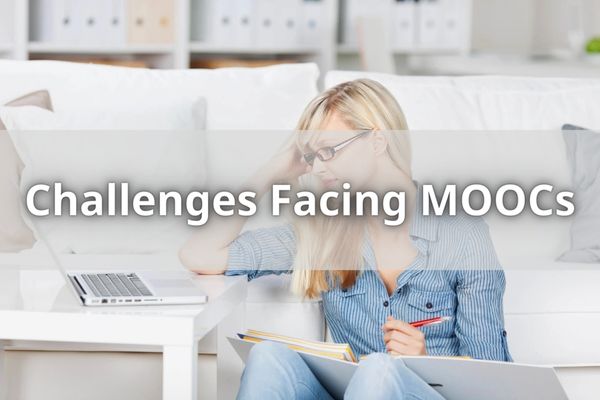
I have to say, MOOCs are a pretty awesome invention. They were first conceived of by computer scientist and professor at Stanford University, Sebastian Thrun in 2008. Since then, the concept was further developed by educational theorists such as George Siemens, Stephen Downes and others who coined the term ‘cMOOC’ or connectivist massive open online courses.
The difficulties posed by MOOCs are numerous and diverse. To begin with, there is a problem with certain classes’ extreme size, which can make it challenging for teachers to provide each student individualized feedback on their work or even just keep track of what pupils have completed thus far.
Additionally, although access to course materials may be free or low cost, this doesn’t always translate into equitable participation across all demographics due to lack of internet access or other technological constraints in certain parts of the world.
Finally, while MOOCs offer learners greater flexibility and freedom than traditional classrooms do, they also inherently lack structure that could help motivate and guide users through complex material.
It’s clear that despite these issues with MOOCs, their potential benefits are enormous. Let’s take a closer look now at how exactly those advantages might play out…
Benefits Of MOOCs
Massive Open Online Courses, or MOOCs, are something that I’m sure most of us have heard of. Even though they are still quite young compared to more established educational programs, it is difficult to deny the benefits they offer.
The appeal of open online courses is that anybody may enroll from any location in them; all you need is an internet connection. There are no geographical restrictions. This enables students who may otherwise be unable to pursue higher education due to their location or financial constraints a chance for personal growth through open education.
Another aspect of MOOCs that makes them attractive options is their flexibility; one doesn’t need to follow set timelines as would be required by more traditional courses such as lectures at universities. With some self-discipline, this allows individuals greater control over how much and when they learn according to their own schedules.
Moving on from here, let’s take a look at what the future holds for massive open online courses.
Future Of MOOCs
Moving on from the benefits, let’s talk about the future of MOOCs. More individuals are turning to the online learning platform as they search for flexible, affordable alternatives to traditional schooling.
In light of this, the following are some changes we might anticipate in MOOC courses:
- A larger selection of degree programs – More institutions will start providing a wider range of degrees through these platforms as they become more aware of the potential impact of MOOCs. In this way, students may get a top-notch education right at their fingertips without having to go far or shell out a fortune for it.
- More comprehensive course offerings – By providing a larger selection of courses, universities can serve learners better by meeting their educational needs with appropriate classes tailored specifically for them. With all the resources they required to succeed along the road, students will be able to complete the course with confidence.
- Increased accessibility – One factor that makes MOOCs so appealing is their simplicity of use; anybody with access to a computer and internet connection may benefit from them regardless of where they reside or their educational background. The future may even bring about the introduction of multilingual course offerings!
These advancements should make it easier than ever before for learners around the world to get quality education whenever and wherever they want it – opening up many new possibilities for everyone involved!
But how accessible are MOOCs today? Let’s find out…
Accessibility Of MOOCs
I’m sure you’ve heard about massive open online courses, or MOOCs. With the rise of digital technology and internet access, these free courses are becoming increasingly common – and accessible!
Whether it’s a college course or an online certification program, there are lots of opportunities to take advantage of MOOC content from various providers without having to pay tuition fees. MOOCs offer unprecedented access for students that may not be able to attend traditional college classes due to time constraints, financial limitations, or geographical location.
Additionally, many course providers have made their content available free of charge so anyone can benefit from the knowledge they provide. One great example is edX which offers hundreds of different courses from universities all around the world at no cost whatsoever.
It’s clear that accessibility has been greatly improved through the advent of MOOCs; however, this doesn’t always guarantee quality education materials. It’s important to consider this when searching for the right provider – we’ll look into this further in our next section.
Quality Of MOOCs
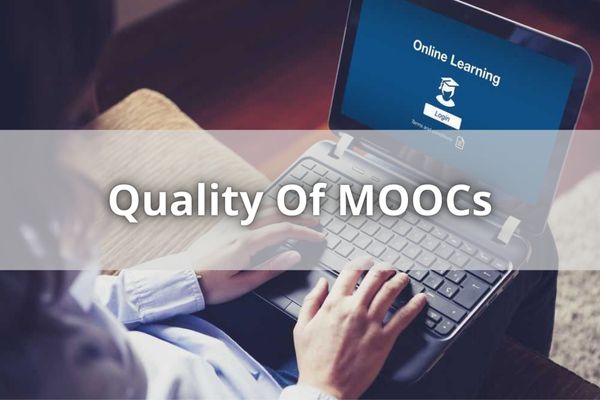
Although the accessibility of MOOCs has greatly benefited many people, its effectiveness has also been a concern amongst those who use them. This is especially true in comparison to traditional higher education courses.
2012 was coined as the “year of the MOOC” due to the rise of several first-generation platforms offering free online courses. From this point forward, there has been much debate about how effective these courses truly can be in providing students with knowledge and skills that are useful for their future careers.
The quality of these courses varies widely from one platform to another. Some have found success in allowing individuals to learn new topics at a reasonable pace while others lack proper guidance or structure and provide little practical application for what they teach. Therefore, it may be difficult for users to assess which ones will offer real value to them before enrolling into any specific course.
Furthermore, since MOOCs do not require physical attendance like traditional higher education does, some learners might lose motivation or struggle more than expected when completing assignments on their own without external support from instructors or peers.
Despite this, there is no denying that MOOCs have assisted millions of people worldwide in learning more quickly and easily, which is something that deserves praise! Knowing how they compare to one another provides us with an intriguing glimpse into the direction that our educational institutions are taking, even though it is still too early to predict whether they will ever totally replace conventional higher education.
Let’s now compare MOOCs to other educational approaches and examine their advantages over traditional learning venues.
MOOCs And Traditional Education
I’m sure many of us have heard about the rise in popularity of Massive Open Online Courses (MOOCs). But what do these new opportunities mean for traditional education?
In this section, we’ll explore how MOOCs are changing the landscape of distance education and higher education institutions.
Distance learning has existed since before the advent of the internet, but with the advent of MOOCs, it has never been simpler to attend courses from colleges around the globe — sometimes at no cost. Even if the majority of MOOCs don’t provide choices for credit, they nonetheless offer students a priceless chance to acquire information and skills that they may use in the workplace. They are therefore a fantastic choice for anyone looking to advance their credentials without committing to a full degree program.
Higher education institutions across the globe are beginning to recognize MOOCs as viable sources of learning outcomes. Even though there is some controversy surrounding whether or not they should count towards official credentials, more and more schools are offering credit for students who complete the course on platforms such as edX and Coursera. This shows just how far technology has come when it comes to providing quality educational experiences beyond traditional classrooms.
It’s clear that MOOCs have already had a huge impact on the way people learn today — now let’s take a look at how they’ve influenced career advancement.
MOOCs And Career Advancement
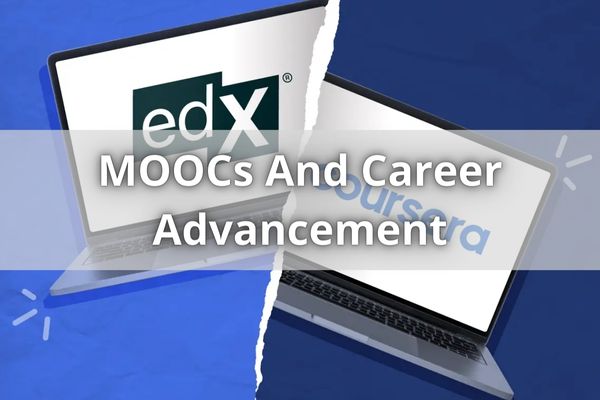
I’m sure many of us have heard about MOOCs, and how they can be useful for career advancement. As a learner, you have access to an enormous range of courses offered by some of the best universities in the world – all without having to leave your home.
It’s no wonder why so many people are turning to MOOCs as a way to advance their careers! An important part of using MOOCs is understanding what course content is included in the classes you choose. Being able to select courses that align with your desired career goals will help ensure that any time spent completing courses won’t go to waste.
Additionally, it’s important to make sure that there are enough resources available within each class if you need further clarification on concepts or topics covered during the course. By taking advantage of these opportunities, learners are better equipped with valuable knowledge and skillsets needed for success in today’s competitive job market.
Moreover, taking online courses offers flexible scheduling options which allow students more freedom when trying to find balance between work and school commitments. With this type of flexibility, you’re able to tailor learning experiences around your needs while still reaching academic and professional milestones.
Conclusion: The Rise Of Massive Open Online Courses (MOOCs)
In conclusion, the rise of Massive Open Online Courses (MOOCs) has been made possible by the advancements in modern technology. The availability of high-speed internet and the widespread use of mobile devices have revolutionized online education, making it accessible to learners from all corners of the world.
Furthermore, the integration of virtual and augmented reality has brought about a paradigm shift in online learning, offering immersive and interactive experiences that enhance engagement and knowledge retention. With these transformative elements at play, MOOCs have truly transformed the landscape of education, opening up new opportunities for learners to acquire knowledge and skills in a flexible and convenient manner.

